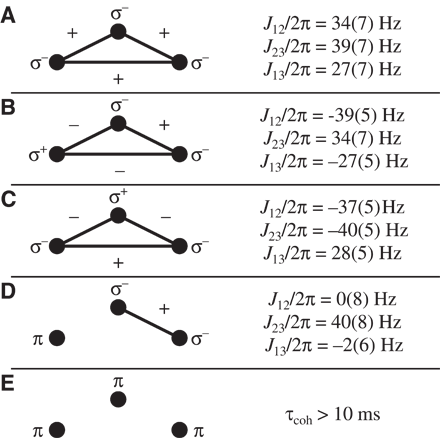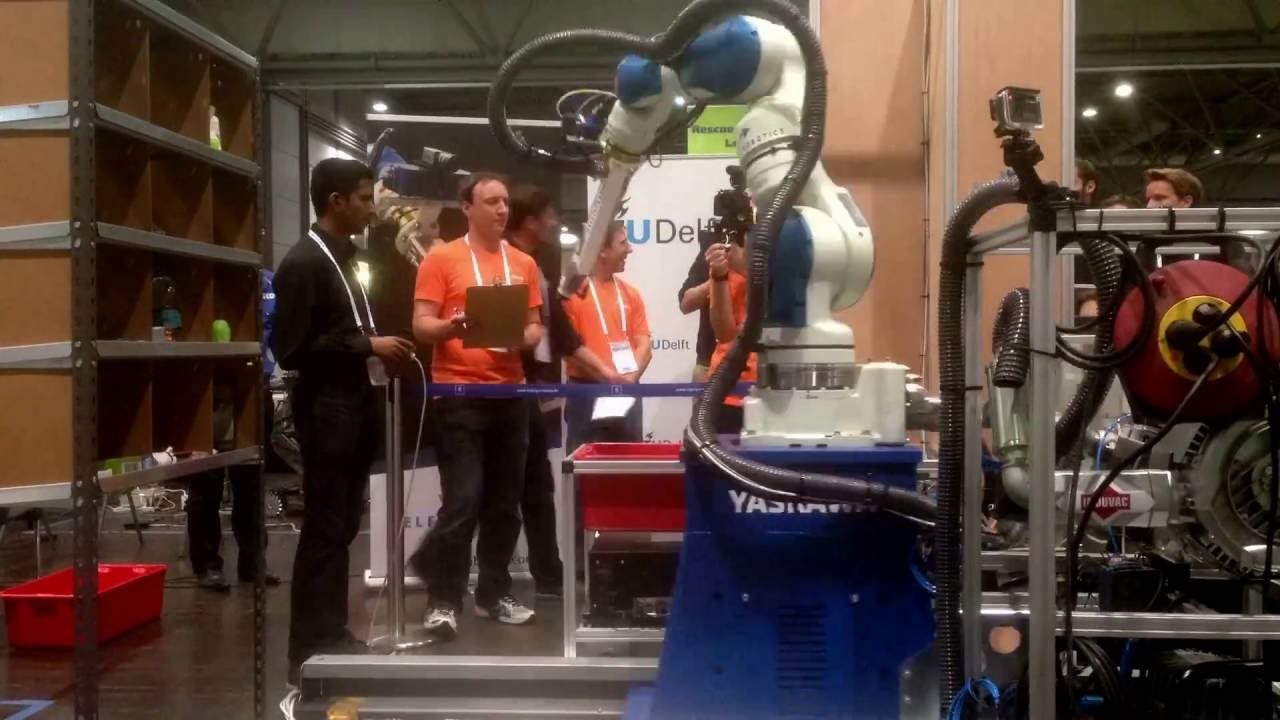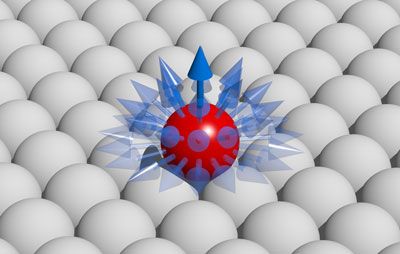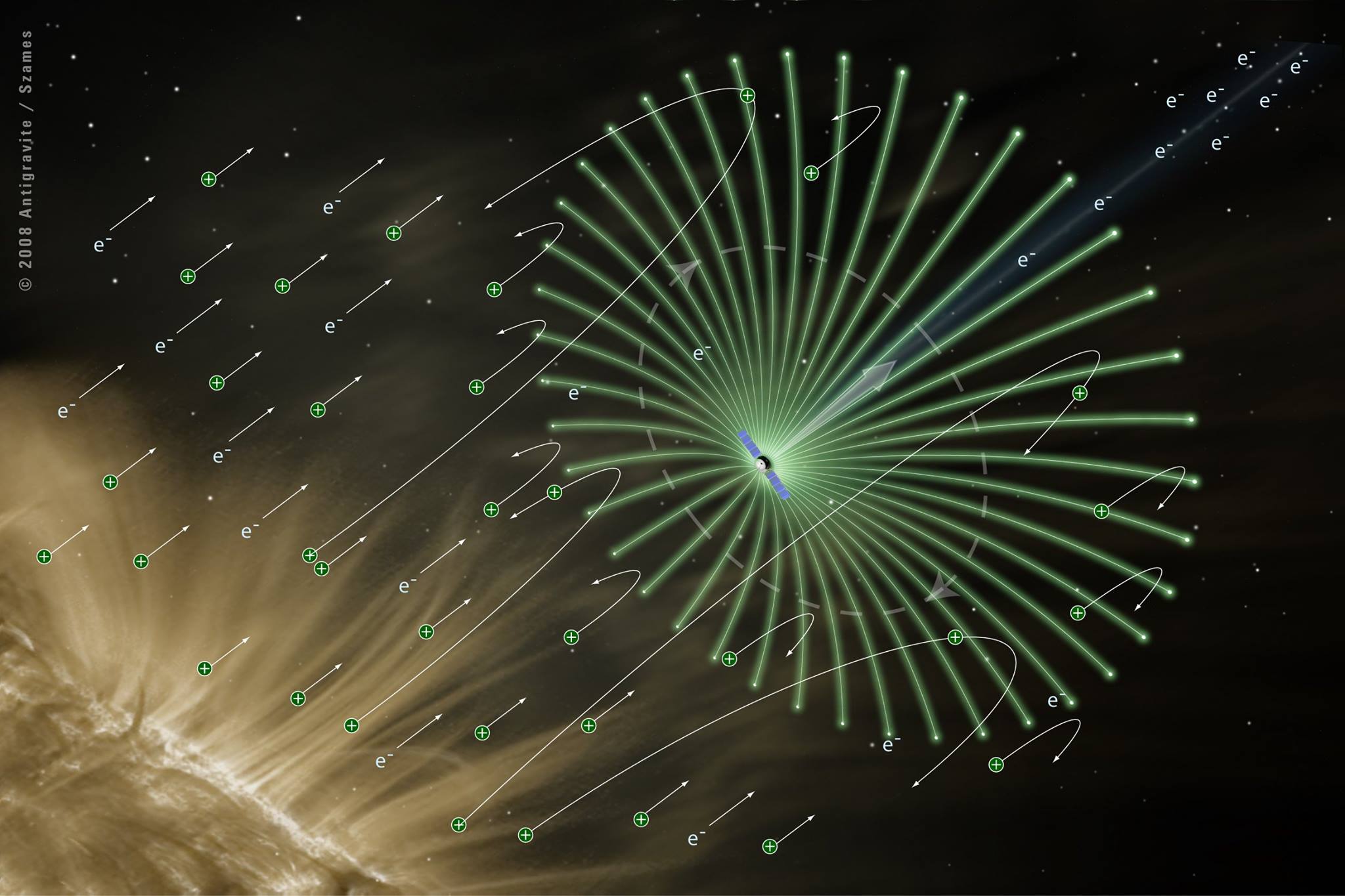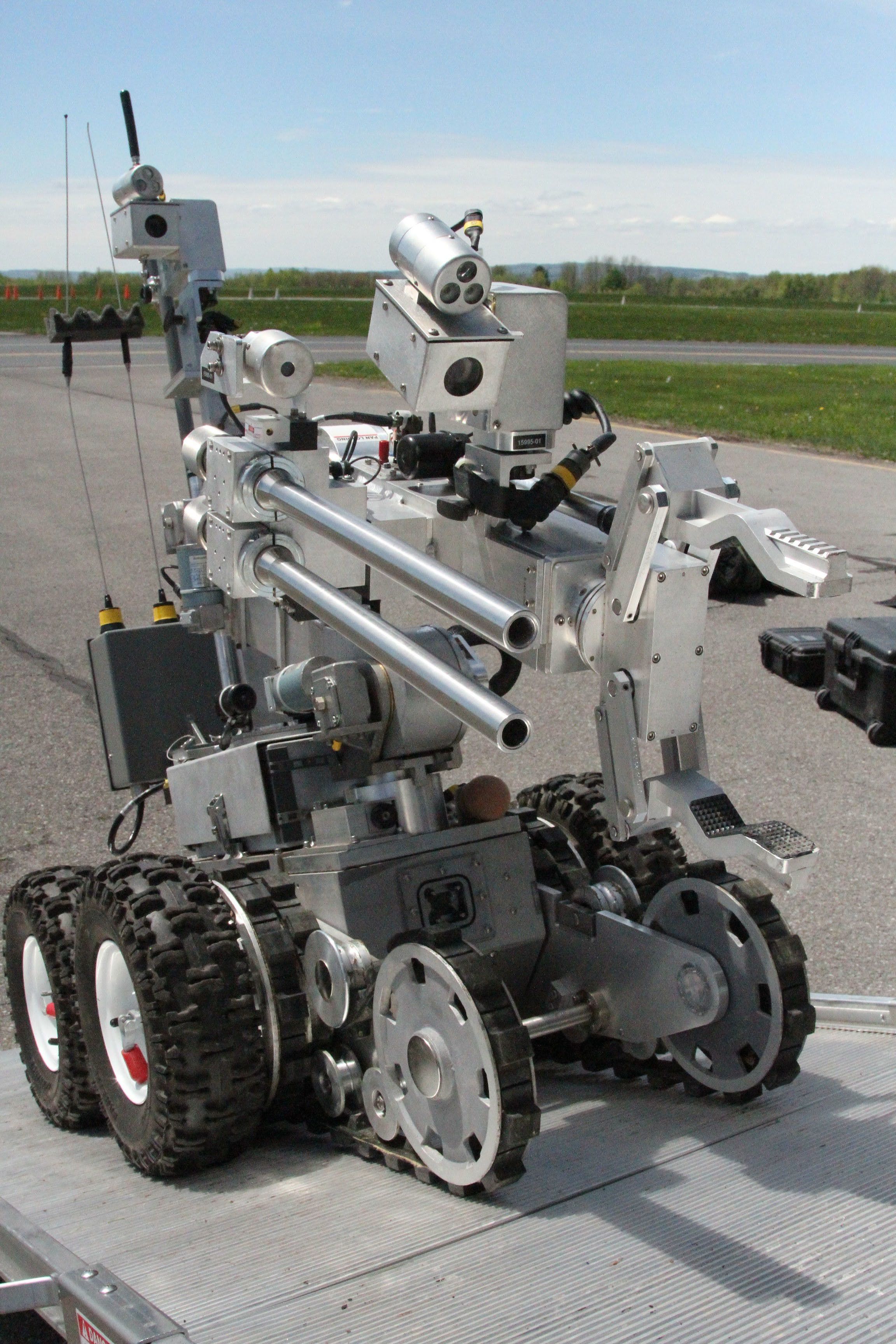Jul 8, 2016
Versatile microwave-driven trapped ion spin system for quantum information processing
Posted by Karen Hurst in categories: computing, information science, quantum physics
More steps forward for QC through the discovery of a versatile effective spin system suitable for quantum simulations and universal quantum computation.
Using trapped atomic ions, we demonstrate a tailored and versatile effective spin system suitable for quantum simulations and universal quantum computation. By simply applying microwave pulses, selected spins can be decoupled from the remaining system and, thus, can serve as a quantum memory, while simultaneously, other coupled spins perform conditional quantum dynamics. Also, microwave pulses can change the sign of spin-spin couplings, as well as their effective strength, even during the course of a quantum algorithm. Taking advantage of the simultaneous long-range coupling between three spins, a coherent quantum Fourier transform—an essential building block for many quantum algorithms—is efficiently realized. This approach, which is based on microwave-driven trapped ions and is complementary to laser-based methods, opens a new route to overcoming technical and physical challenges in the quest for a quantum simulator and a quantum computer.
